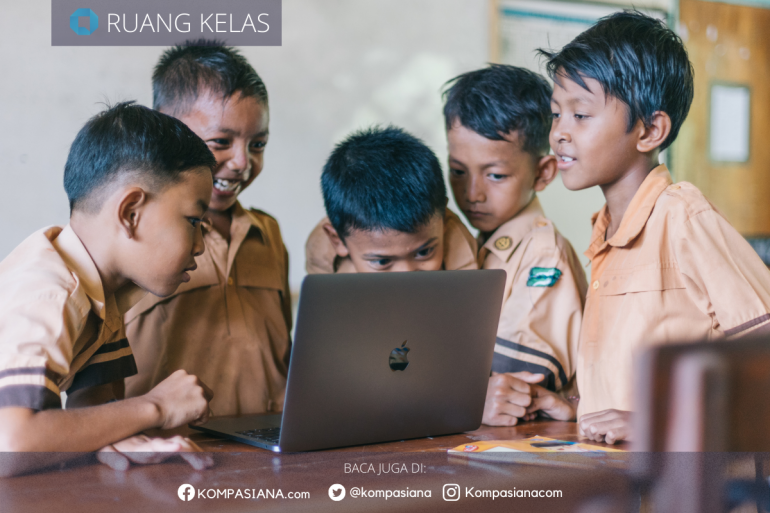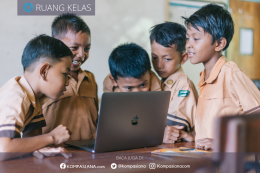Introduction
My name is aurora rachel pravita from sutudent at University Darussalam Gontor want to review a journal wth the tittle "veryfing quality and safety in health informatics services" by Michael Rigbhy,Jarry forsstom, Jeremy Wyatt. This article discusses the importance of quality and security verification in health informatics services. With the rapid development of information technology, especially in healthcare, new opportunities arise but also new risks that need to be addressed. The author highlights that while health informatics systems offer many benefits, such as more accessible electronic medical records, the lack of regulation can pose a serious threat to patient safety.
Summary
This article outlines the issues faced in verifying the quality and safety of health informatics services. Like pharmaceuticals in the 1960s, products in health informatics are largely unregulated regarding their safety and effectiveness. The European TEAC-Health project, reported in this article, recommends ways to accredit health software, telemedicine services and internet sites. Systems such as CE marking of software, designation of national regulatory bodies for telemedicine, and development of integrity certification schemes for health websites are proposed.
Analysis
Michael Rigby and his colleagues, argue that the integrity and quality of health informatics systems is as important as healthcare itself. The article compares the lack of regulation in health software to past drug-related crises, such as the thalidomide disaster. In this regard, TEAC-Health proposes several regulatory measures, including the CE marking of verified health software, as well as the creation of a national hotline for post-marketing surveillance.
In addition, the authors also classified health informatics services into three categories: software and related services, telemedicine, and websites. Each category requires a different approach in terms of quality assurance and regulation. The article also highlights the risks associated with a lack of regulation, such as software errors that could jeopardise patient health, risks in telemedicine, and misleading information on health websites.
Critical Analysis
important identifying problems and providing solutions to ensure the quality and safety of health informatics services. However, some aspects require further attention. First, although the article provides clear recommendations, the practical implementation of such recommendations may face significant challenges, especially in terms of cost and regulatory complexity across national borders.
Second, although CE marking and post-marketing surveillance are important steps, challenges in the development of specific criteria for clinical software need to be addressed. Not all telemedicine software or services may fit the proposed framework, given the large variation in the use and users of such services. Also, the article does not fully address how these regulations can be adapted to keep up with the rapid technological developments.
Follow Instagram @kompasianacom juga Tiktok @kompasiana biar nggak ketinggalan event seru komunitas dan tips dapat cuan dari Kompasiana
Baca juga cerita inspiratif langsung dari smartphone kamu dengan bergabung di WhatsApp Channel Kompasiana di SINI







